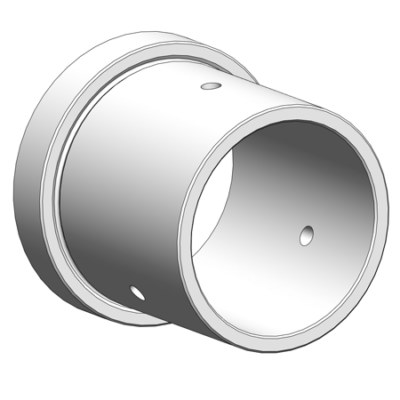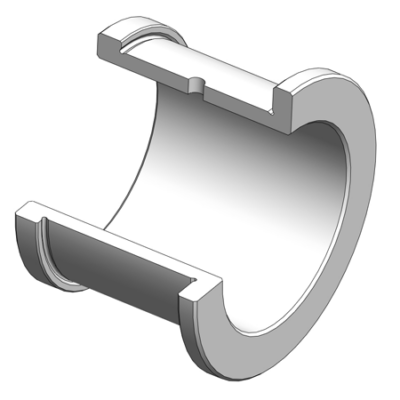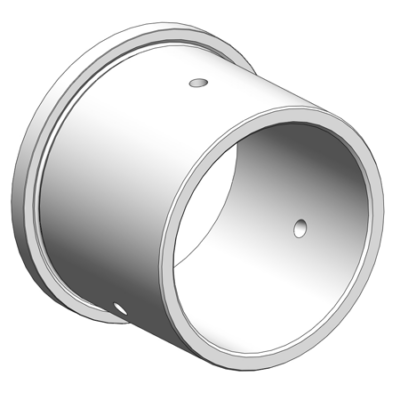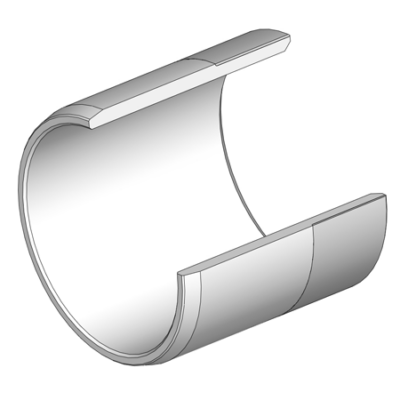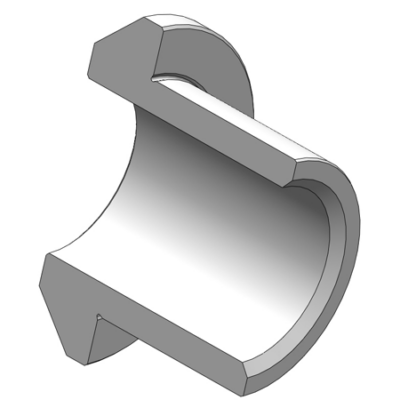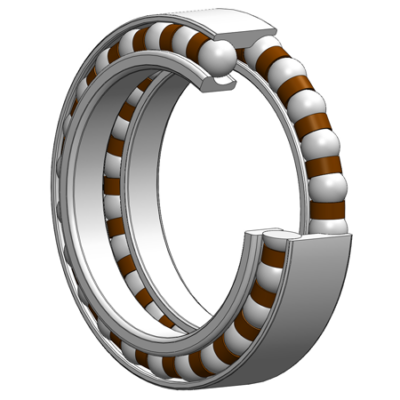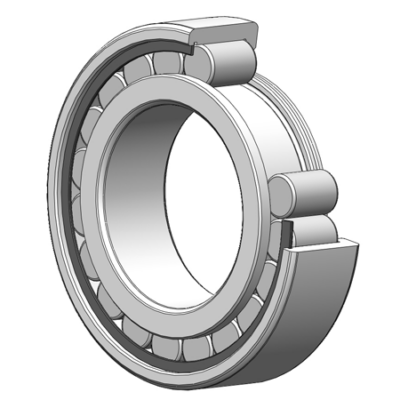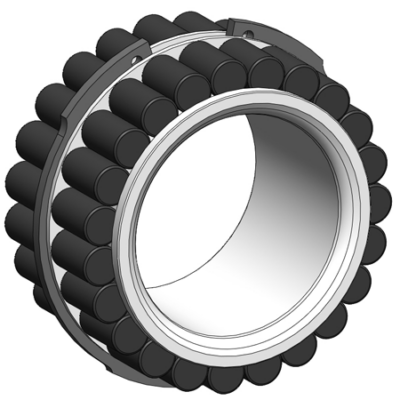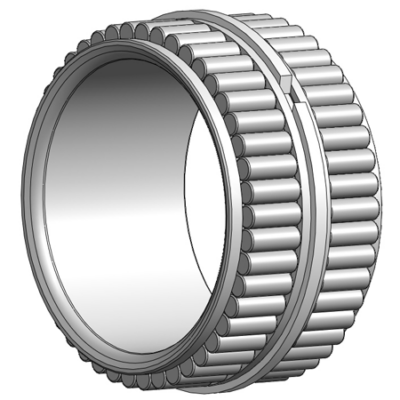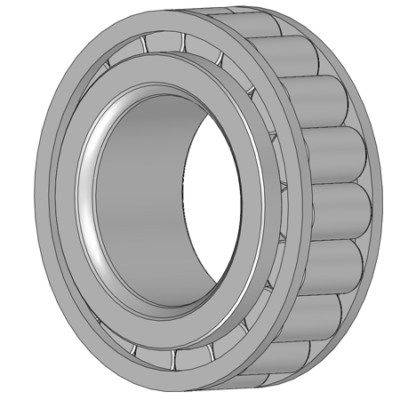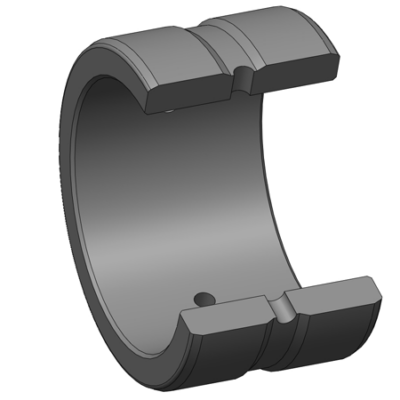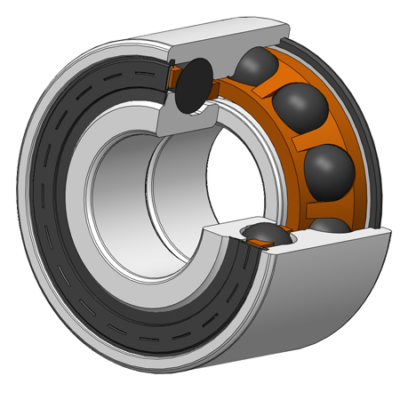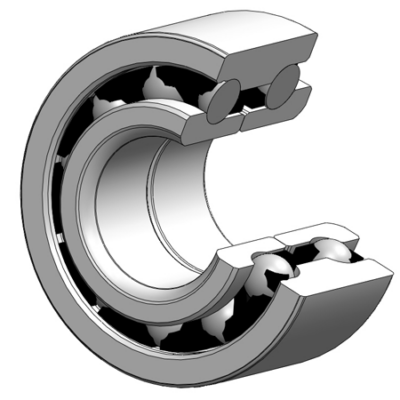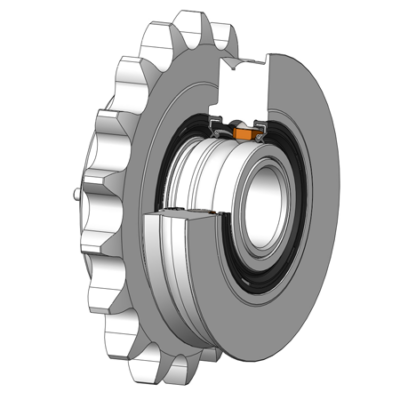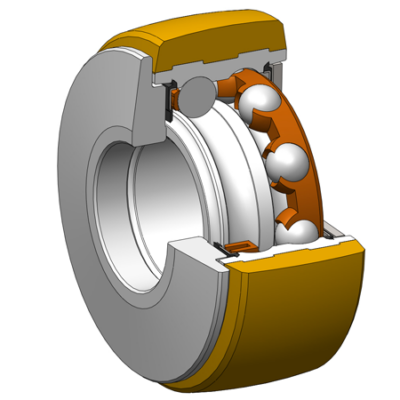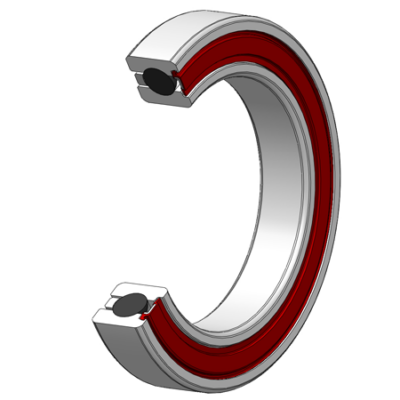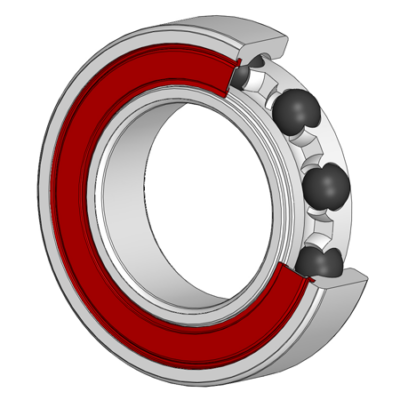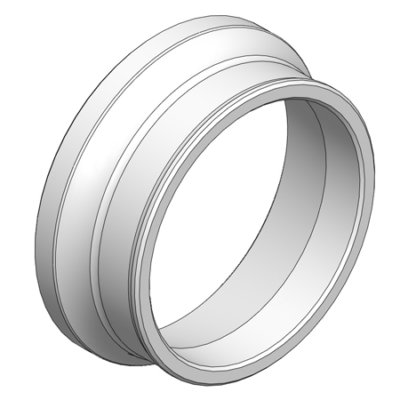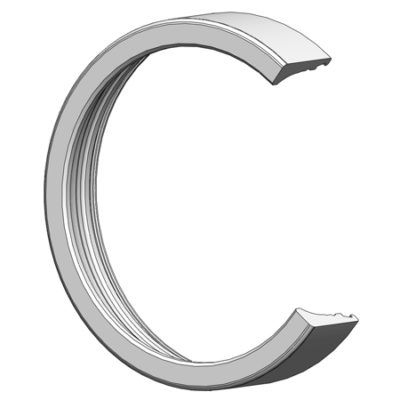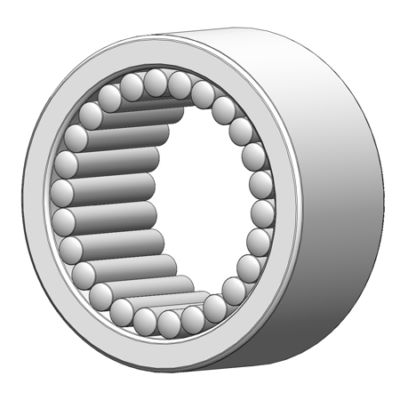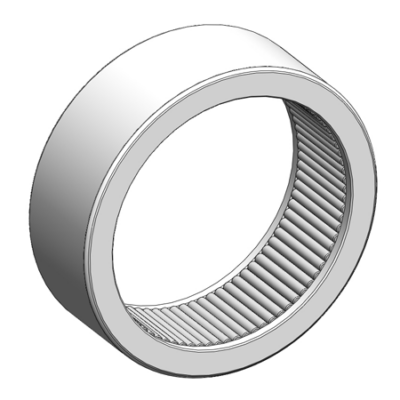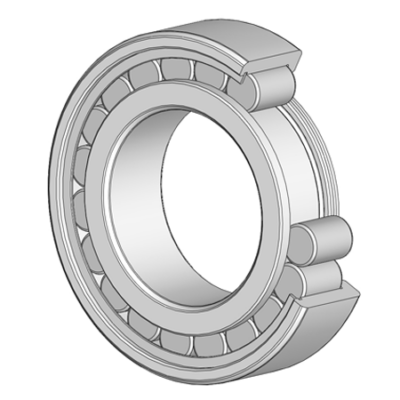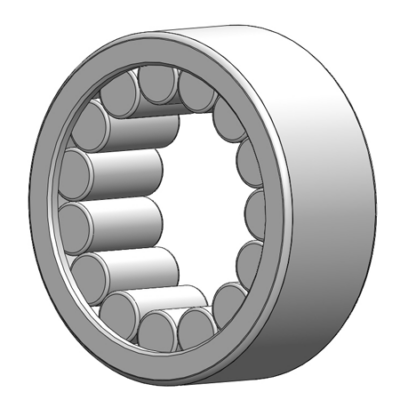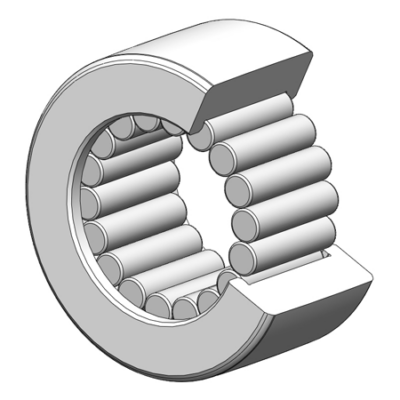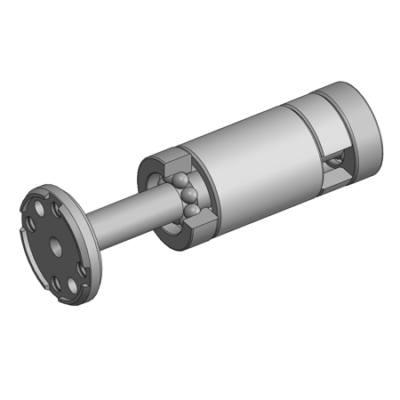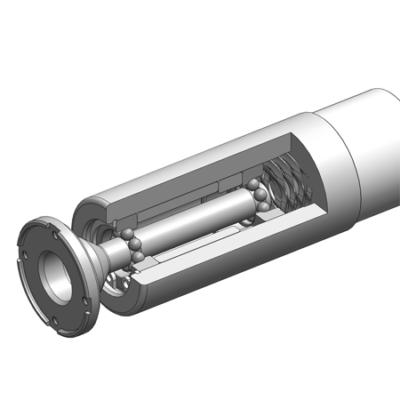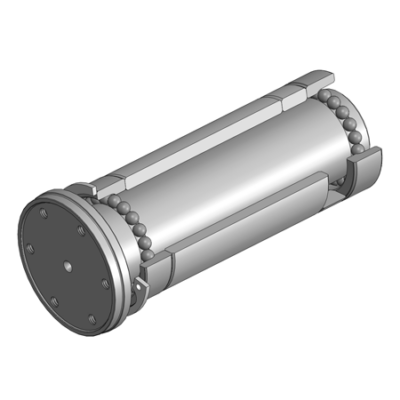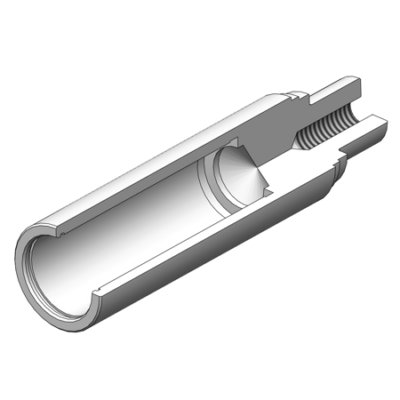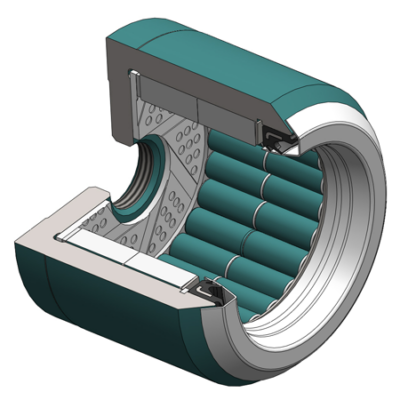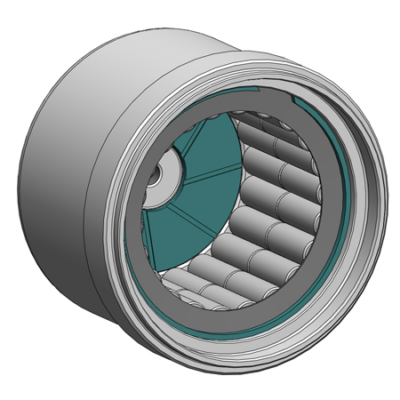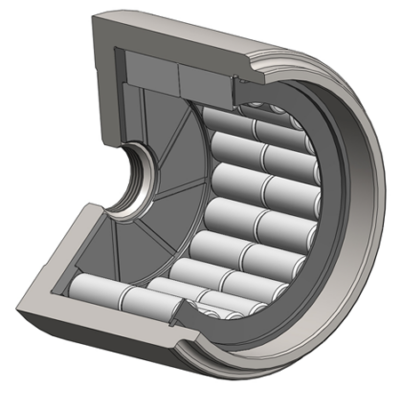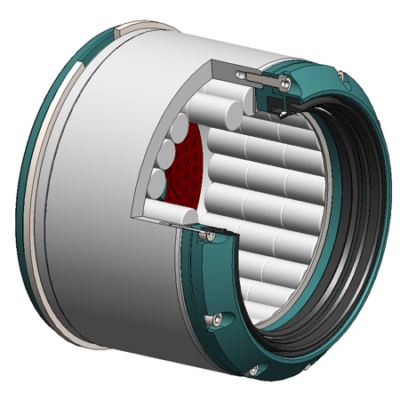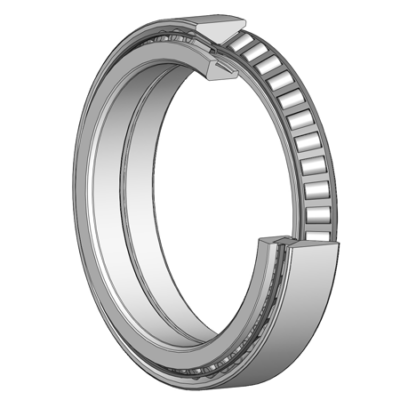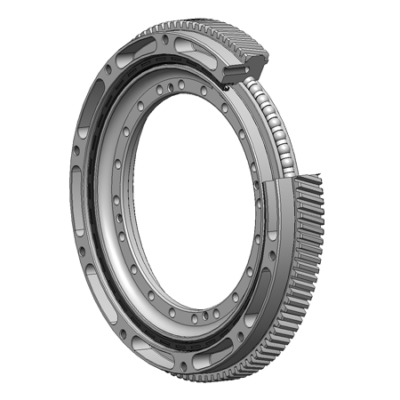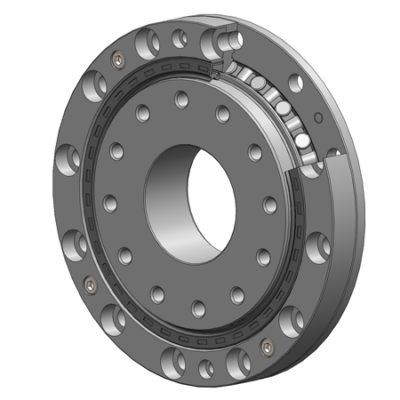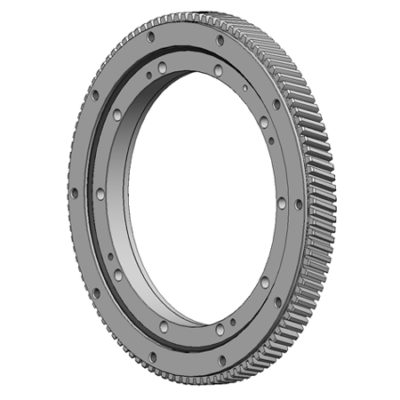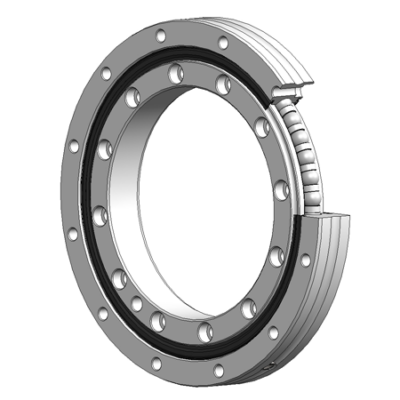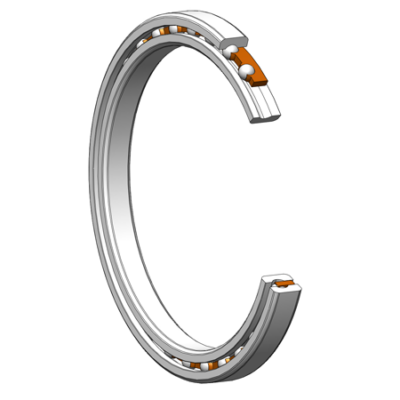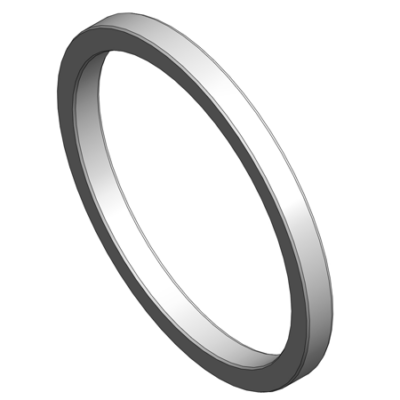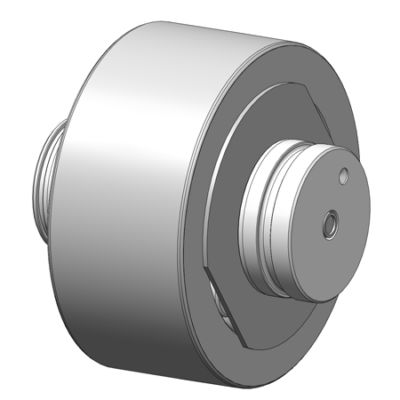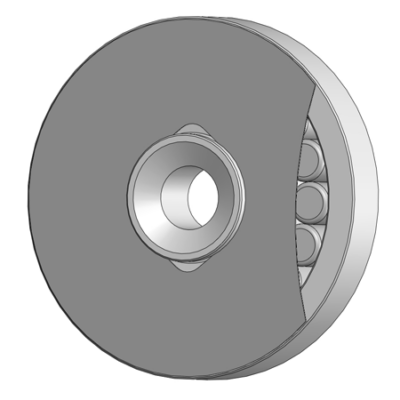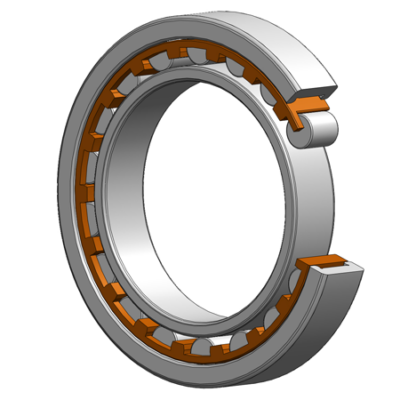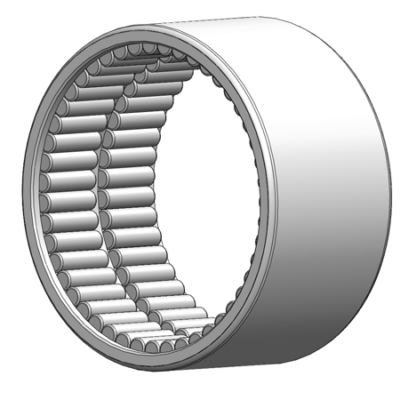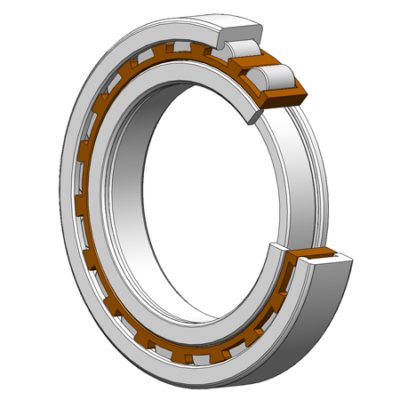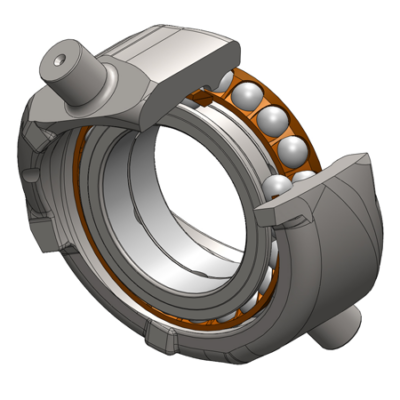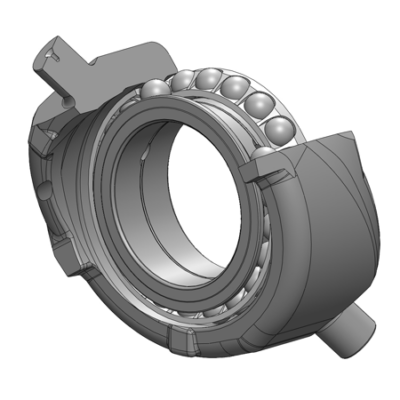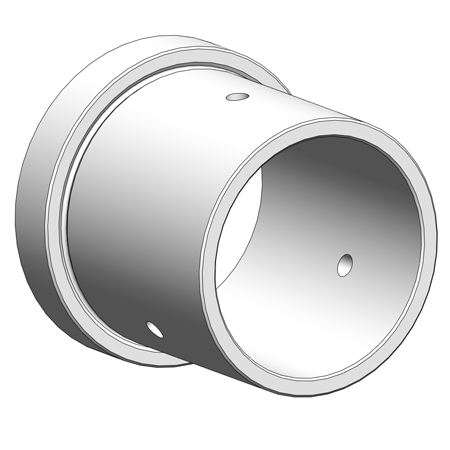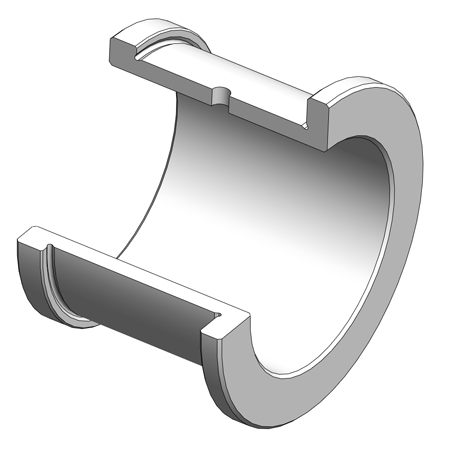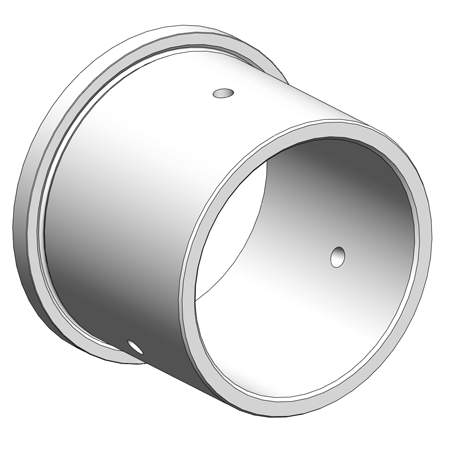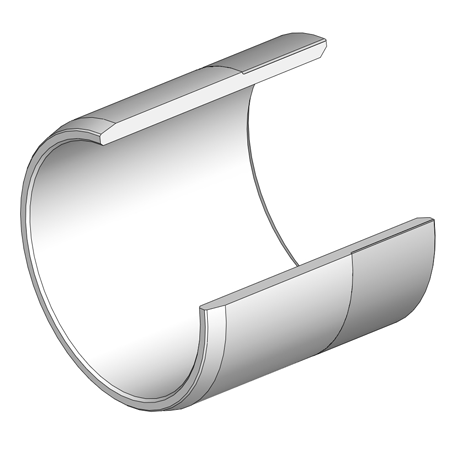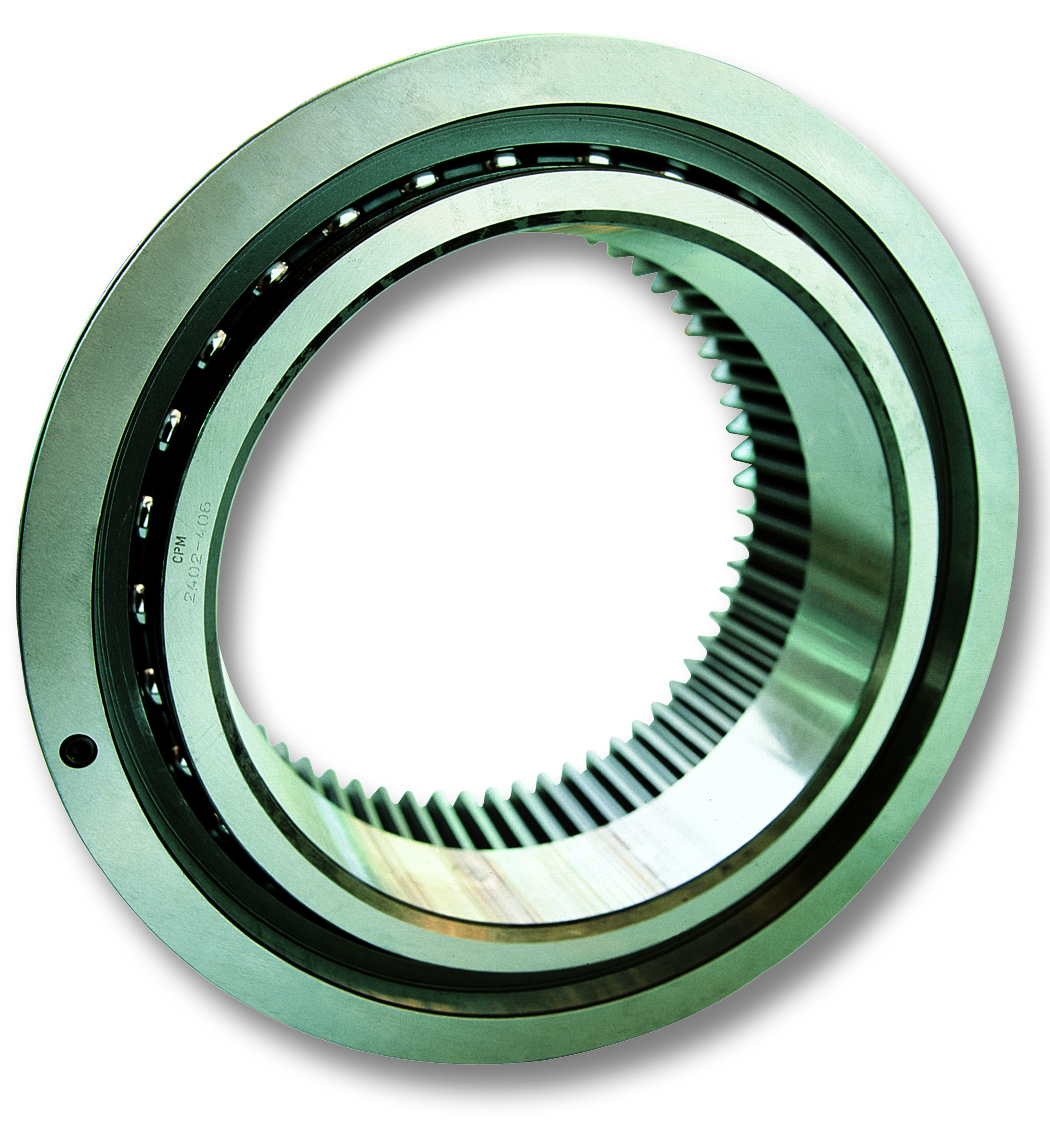
Ball bearings are fundamental mechanical components used in a wide range of applications, including textile machinery, planetary gearboxes, machine tools, axles, bottling machines, and much more.
Ball bearings make it possible to reduce friction between moving parts, ensuring smooth and efficient operation of machines. In this article, we will explore the importance of reference tables for ball bearings as well as considerations of the standard dimensions of these components.
Naturally, numerous industries require the use of ball bearings, each with its own specific needs, including textiles, robotics and automation, earth-moving machinery, universal joints, medical equipment, hydraulic systems, bicycles, industrial machinery, agriculture, and automotive.
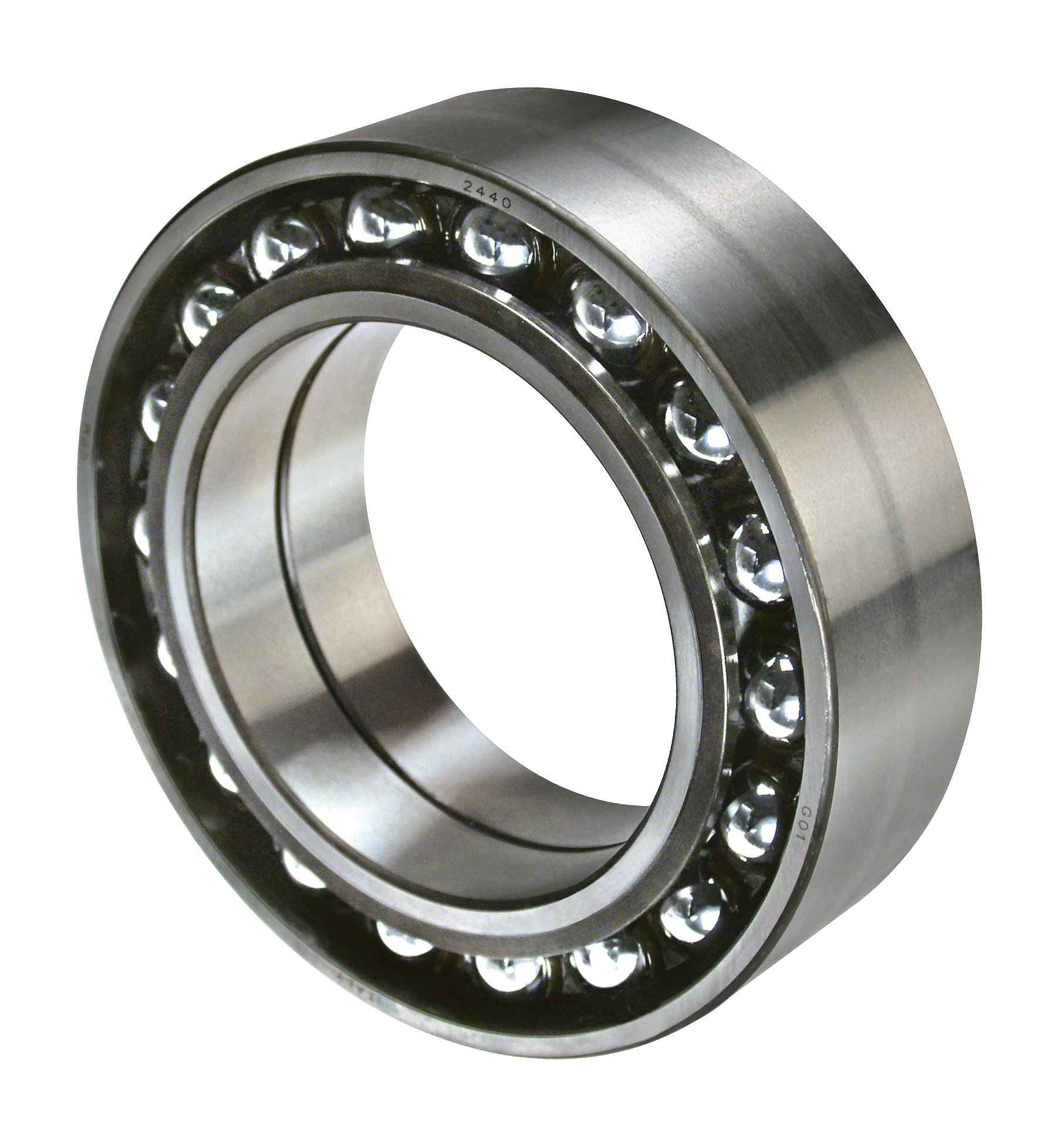
Why Ball Bearing Tables Are Important
Ball bearing tables are essential tools for engineers and technicians working with these components. These tables provide detailed information on bearing dimensions, load capacities, and tolerances, allowing accurate selection based on the specific needs of the application.
Selecting the Right Bearing
Selection of the correct bearing is critical to ensure proper operation and durability of the individual machine. Ball bearing charts should therefore provide accurate data on dimensions and load capacities, helping to select the most suitable bearing for the specific application.
Interchangeability and Standardization
Ball bearing tables facilitate interchangeability and standardization of components. Thanks to these tables, developed by reliable suppliers, it is possible to quickly identify bearings with similar dimensions and characteristics, simplifying maintenance and component replacement.
Dimensions of ball bearings
Ball bearing dimensions are a crucial aspect to consider when selecting and installing these components. Standardized dimensions ensure that the bearings can be used in different types of applications without compatibility problems.
Ball Bearings: References for Standard Dimensions
Ball bearing dimensions are generally expressed in millimeters or inches. Standard dimensions include the inner diameter, outer diameter and width of the bearing.
These dimensions should be given in the ball bearing tables, which also provide additional information such as the number of balls and their diameters.
Ball Bearing Tables in Inches
For specific applications, especially in countries where the imperial measurement system is used, the measurements of ball bearings, within the appropriate tables, must also cover inches, thus proving useful to certain customers.
Bearing dimensions expressed in inches, in fact, make it possible to simplify the selection process and subsequent installation in settings where metric measurements are not common.
Beyond ball bearing dimensions: tolerances and load capacity (h2)
When choosing ball bearings, it is essential to evaluate not only the physical dimensions, but also the tolerances and load capacity.
The dimensions must fit the application specifications perfectly to ensure proper installation. In addition, it is crucial to make sure that the bearing can withstand the expected loads and operating conditions, thus ensuring reliable performance and long service life.
Carefully considering these aspects ensures that the selected bearing operates efficiently, minimizing the risk of failures and premature wear.
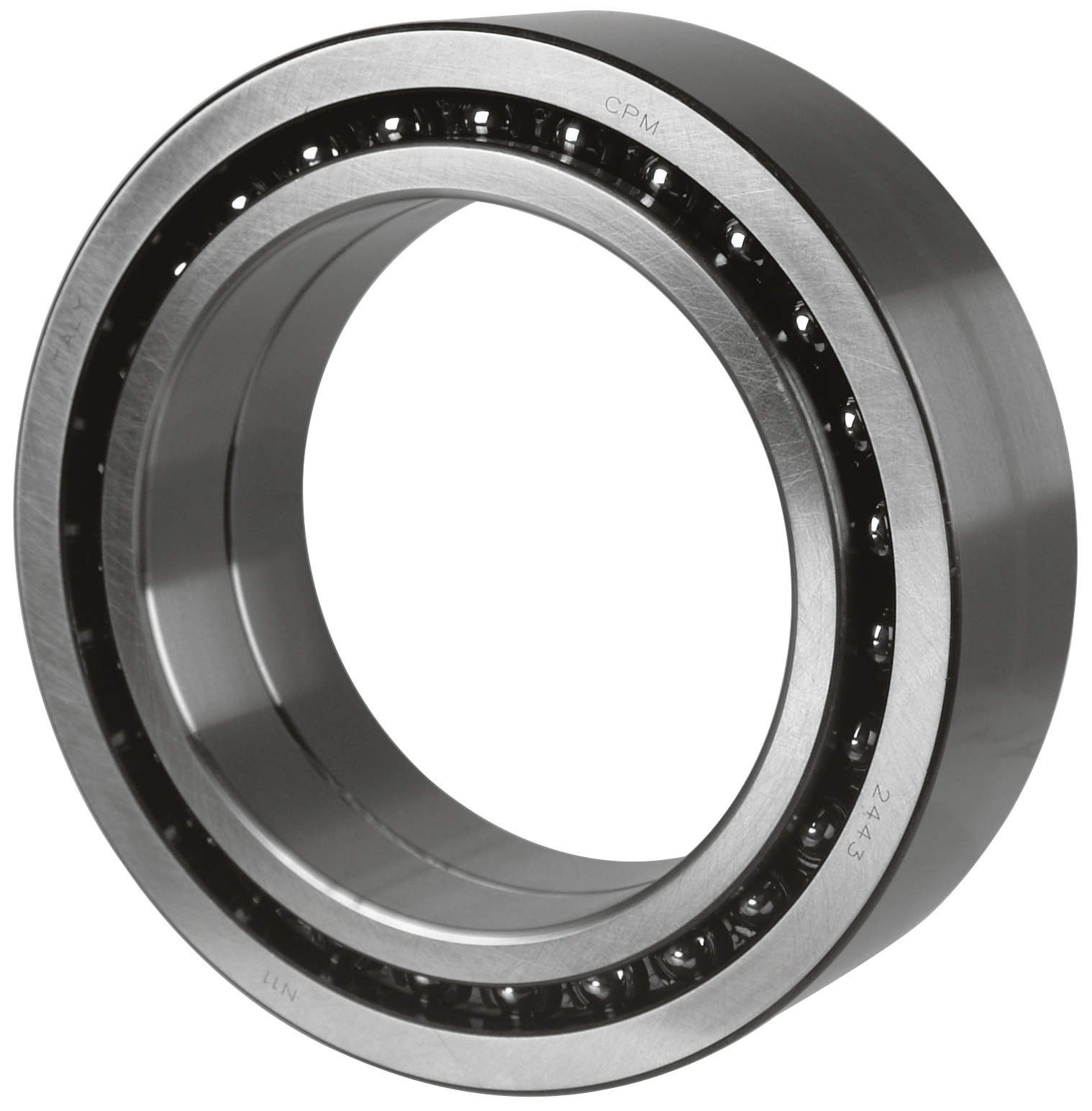
Summary
It is useful to line up the key concepts reviewed so far.
Ball bearings are essential components for many industrial settings because of their ability to reduce friction and support radial and axial loads. Proper selection and installation of these bearings requires a thorough understanding of the different types, standard dimensions, and information provided by the tables.
Ball bearing tables and standardized dimensions are indispensable tools to aid those who work with these components. Whether they are deep groove, angular contact or four-contact radial bearings, knowledge of dimensions and load capacities is critical for accurate selection and successful application.


